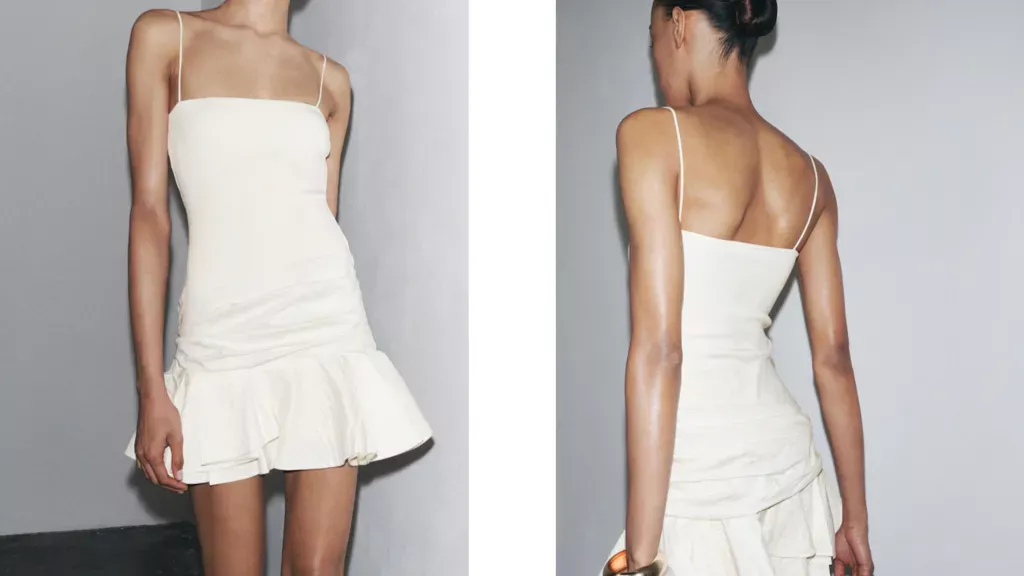In today’s increasingly scrutinized media landscape, flashy creative isn’t enough—brands must now ensure their messaging aligns with emerging ethical standards. Two high-profile bans issued by the UK’s Advertising Standards Authority (ASA) illustrate this shift clearly.
Zara’s Fashion Ads Deleted for Promoting Unhealthy Body Standards
Zara was ordered to remove two online ads after the ASA concluded the models appeared “unhealthily thin.” One image featured a model wearing an oversized shirt with lighting and pose accentuating protruding collarbones; in the other, a short dress and shadowing made the model’s physique appear disproportionately angular and gaunt.

Despite Zara noting the models were medically cleared and edits were minimal, the ASA deemed the ads “irresponsible,” instructing the fashion giant to withdraw them and ensure future content avoids portraying extreme thinness.

BrewDog’s “Wingman” Poster Called Out for Emotional Implications
BrewDog also received a ban for a printed ad promoting its Wingman beer. The copy read:
“Always got your back… WiFi fails, weather turns hostile, or your buddy’s ‘five minutes’ becomes a delay. Wingman stands firm.”

The ASA ruled the poster implied alcohol could act as emotional support—suggesting it eases loneliness or frustration—which breaches advertising codes.
While BrewDog rejected that interpretation, insisting the message focused on product dependability, the ASA’s decision reflected a growing intolerance for marketing that sounds like psychological comfort disguised as product benefit.
The Bigger Picture: Ethics Over Aesthetics
These rulings offer a powerful lesson for brands:
| Area | Zara | BrewDog |
|---|---|---|
| Ethical Concern | Body image and narrow beauty ideals | Implying emotional relief from alcohol |
| Regulatory Expectation | Responsible portrayal of models | No emotional or coping claims via advertising |
| Creative Blindspot | Lighting, posing, styling affected perception | Metaphor taken as literal promise |
DesignRush frames it aptly: “Intent doesn’t matter—what counts is how the public could reasonably interpret the ads”
Final Thought: When Ethics Drive Design
For marketers and creatives, the message is clear: Ethical context must be embedded into creative briefs, not tacked on as an afterthought. Today’s campaigns need more than brand pull—they require cultural awareness and psychological empathy.
As regulators and audiences alike raise their expectations, marketing must evolve to deliver not just visual appeal, but ethical integrity.



